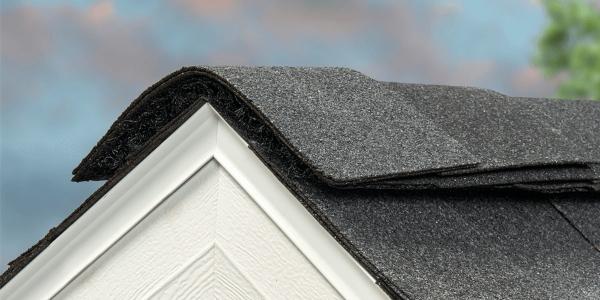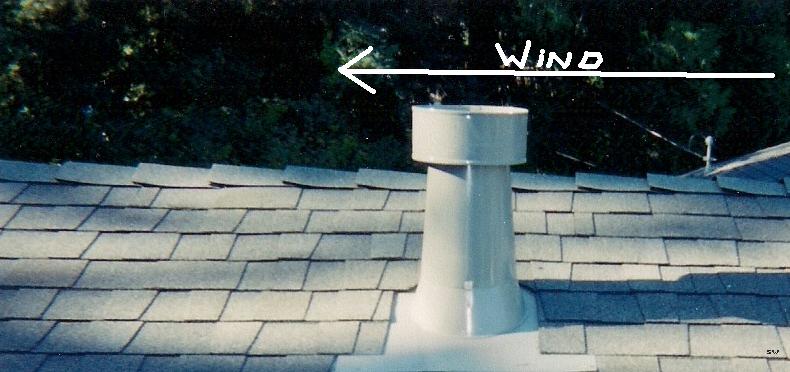Q&A – What Should I Do With My Roof Ventilation?

With a 1950s house and mold in the attic, this Georgia homeowner wanted recommendations for properly ventilating the attic.
John, a homeowner in Georgia, wanted some advice on what the best ventilation methods would be to eliminate further mold damage and roof leaks. John asked:
What should I do with my roof? I bought a 1950s house with a little bit of mold in the attic and a few leaks in the roof. We replaced the roof and a ridge vent was installed (which was not there before). It has gable vents on both sides of the house. There are no soffits vents, but the roof does hang over enough that they could theoretically be installed onto about 1/6 of the roof line. So now we have a ridge vent with gable vents without much ability to do soffit vents. We were thinking about adding a few eyebrow vents low on the roof line for intake, or possibly adding a gable attic fan either as intake or exhaust. We would really appreciate any recommendations.
Our resident expert roofer, John Stout with Go Roof Tune Up™, had this to say in response:
Attic ventilation is a very important part of the plan to efficiently heat and cool your house and avoid problems such as mold and mildew. The most effective ventilation is passive air through the attic — the air in the attic will rise to the top and the ridge vents you installed will allow the warm air to exit. Your concern now is that you have sufficient intake air. A simple formula that is often used by contractors and building code authors is 1 square foot of ventilation for each 150 square feet of attic floor space. In a house with 1,500 square feet of attic space the required ventilation would be 10 square feet.
For this formula to be effective, one half of the ventilation would be very low on the roof to allow air flow in. The other half would be very high on the roof to allow the warm air to be expelled properly. The ridge vents that you installed are perfect to expel the heated air. This is passive airflow and that works great. Calculate the amount of ventilation that is needed. You did not mention in your letter the type of roof you installed — I assume shingles. There are some outstanding after-market roof vents that can be installed to serve your need for air in the attic. Prominent manufacturers can easily be found on the internet or through your local roofing contractor. I suggest using the attic vent recommended by your roofing contractor. It will be to the contractors’ advantage to use a product that has been successful on other jobs.
Roofing contractors are familiar with quality attic vent products. They will be able to recommend quality products and help you install it properly if needed.
This passive system is really the most efficient. Try to avoid venting your roof attic with power fans if possible. Thank you for your interesting question. I hope this helps answer your question.
Thank you from your Friends at AskARoofer
Continue the conversation in our Forum!
Have a question? AskARoofer.
Find your local roofing contractor in the RoofersCoffeeShop® Contractor Directory.
Photo credit: Quarrix










Comments
Leave a Reply
Have an account? Login to leave a comment!
Sign In